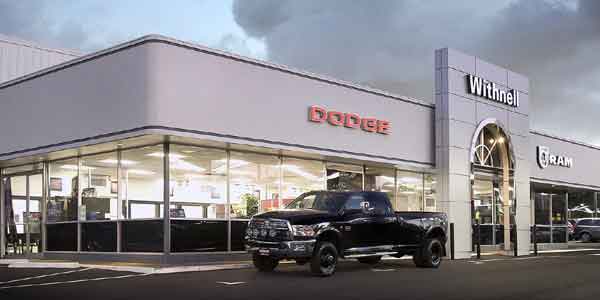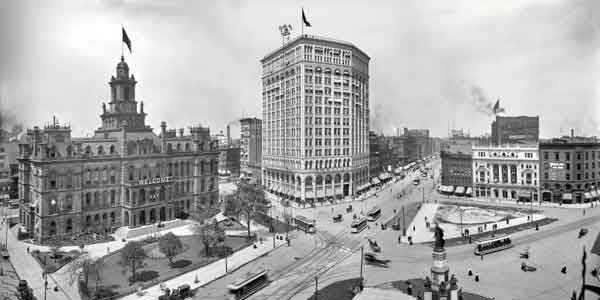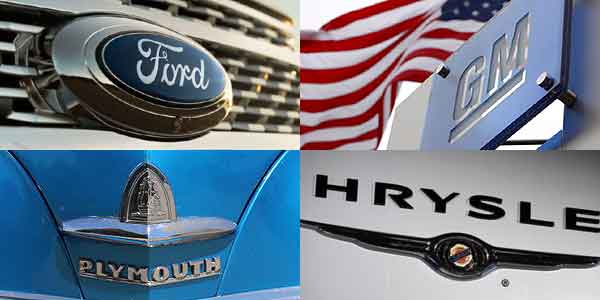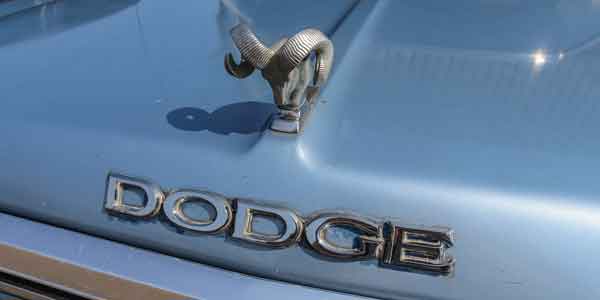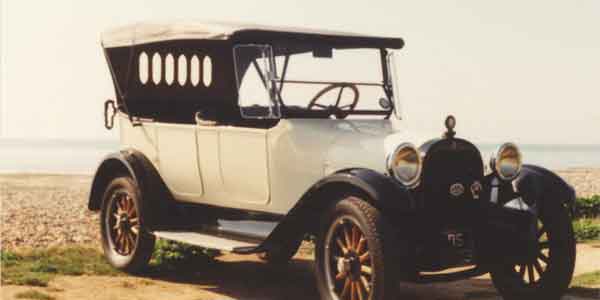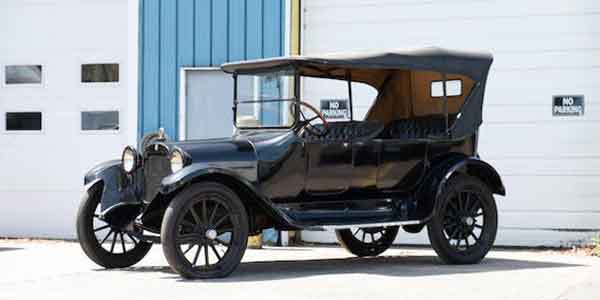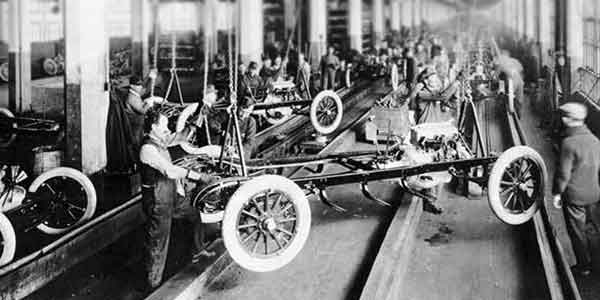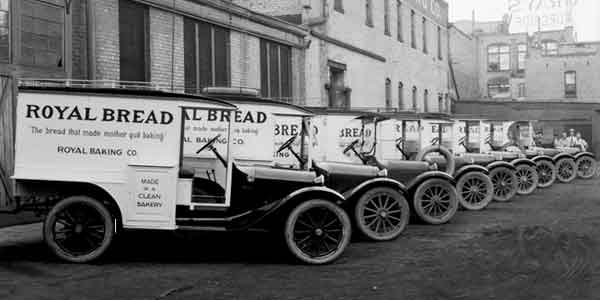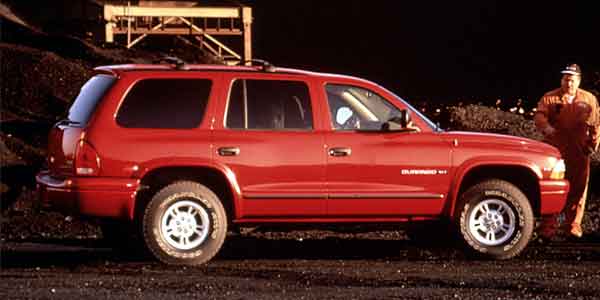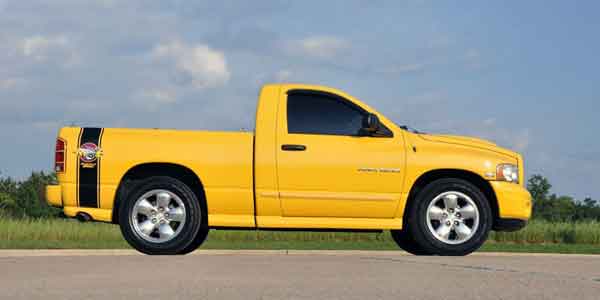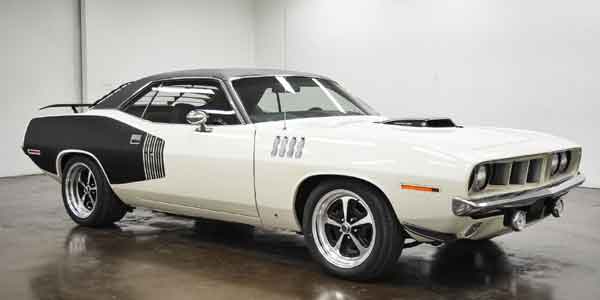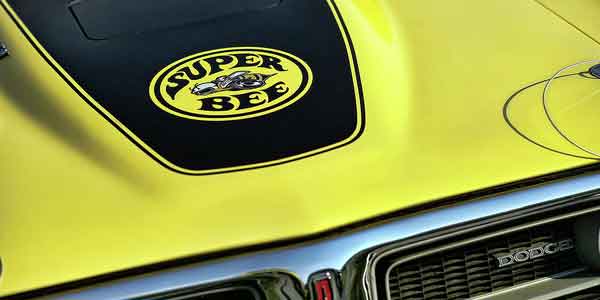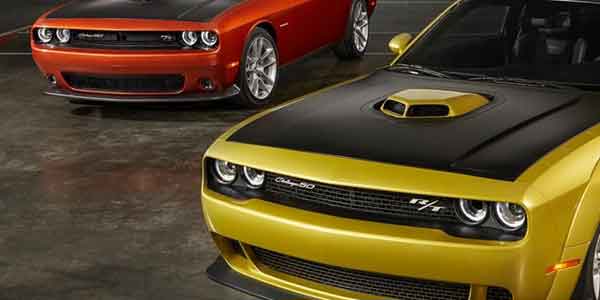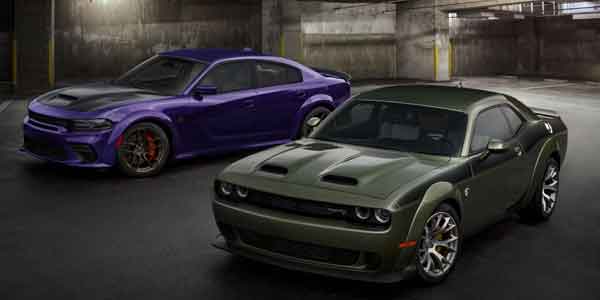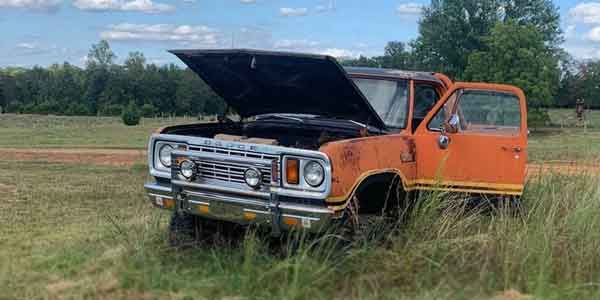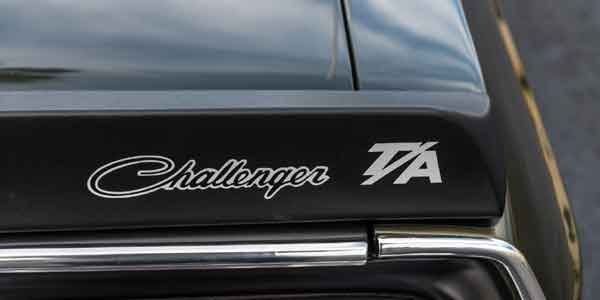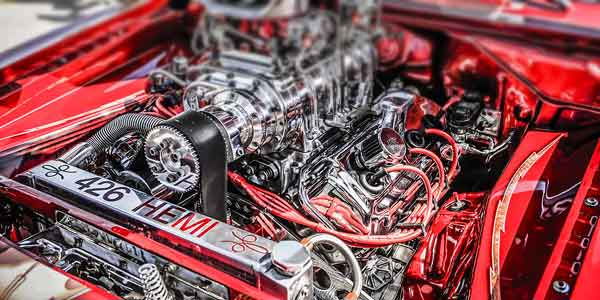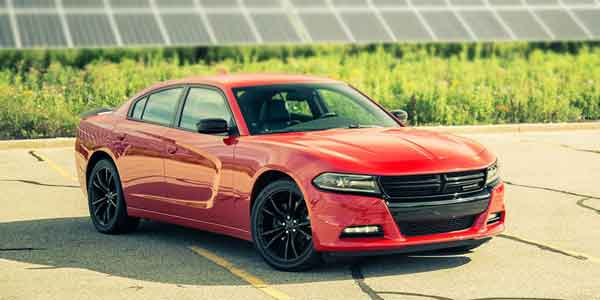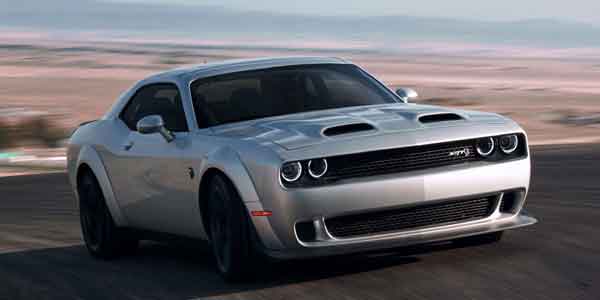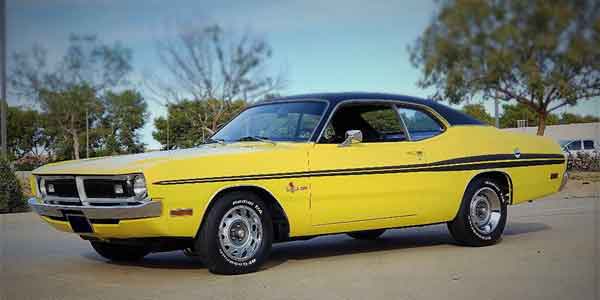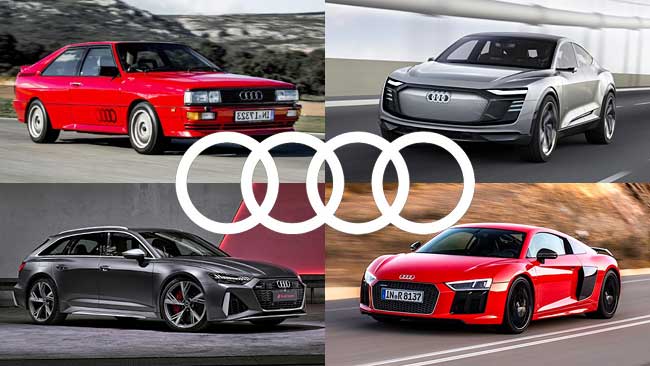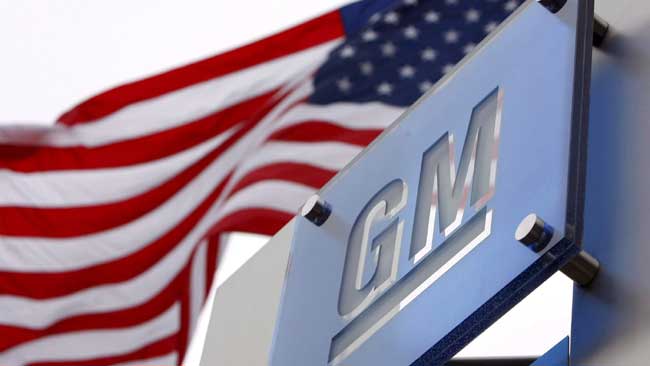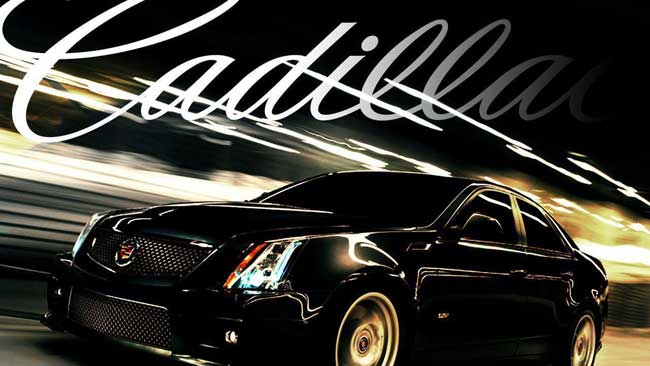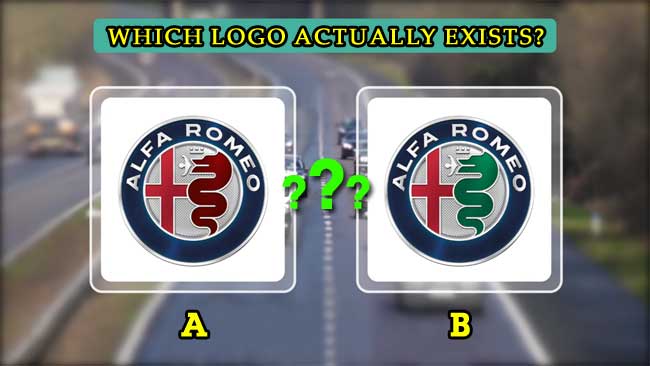Read below to find out...
Your answer
Incorrect
Correct answer
Correct Answer1900
Horace and John Dodge founded the Dodge Brothers Company in Detroit in 1900. They quickly found work manufacturing precision engine and chassis components for the city's growing number of automobile firms, including Olds Motor Vehicle Company and the new Ford Motor Company.
Your answer
CorrectDetroit
Your answer
Incorrect
Correct answer
Correct AnswerDetroit
In 1900, the brothers opened a small machine shop on Beaubien Street in Detroit, a city growing fast and attracting industrial minds and workers who would go on to create the automotive capital of the world. Two years later, they moved their shop to Hastings Street and Monroe, employing 200 men.
Your answer
CorrectChrysler
Your answer
Incorrect
Correct answer
Correct AnswerChrysler
The widows of the Dodge Brothers sold their company to an investment bank for $146 million in 1925. Chrysler Corporation founder Walter Chrysler bought the Dodge Company in 1928 for a sum of $170 million.
Your answer
Incorrect
Correct answer
Correct Answer1993
The ram's head logo we see on Dodge cars today made its debut in 1993, and by 1996 it was appearing on many of the brand's vehicles. The one model that didn't display the ram-head symbol? That was the Viper, which already had an aggressive-looking logo that incorporated a viper's head.
Your answer
Incorrect
Correct answer
Correct Answer1914
Dodge's first vehicle was introduced in November 1914, and by the end of 1914, Dodge had sold 249 of them. By the end of 1915, Dodge was the third-largest-selling automaker in America.
Your answer
CorrectDodge Model 30
Your answer
Incorrect
Correct answer
Correct AnswerDodge Model 30
The 1914 Dodge Model 30 was Dodge's first production car, and it was designed as a competitor for Ford's Model T. The car immediately set itself apart with its all-steel construction, 12-volt electrical system, sliding-gear transmission, and 35 horsepower.
Your answer
CorrectHamtramck
Your answer
Incorrect
Correct answer
Correct AnswerHamtramck
The factory located in Hamtramck, Michigan, was the Dodge main factory from 1910 until it closed in January 1980.
Your answer
Incorrect
Correct answer
Correct Answer1916
When Dodge Brothers cars were ranked second in U.S. sales as early as 1916, the brothers had already garnered a well-earned reputation for the highest quality truck, transmission and motor parts they made for other successful vehicles.
Your answer
Incorrect
Correct answer
Correct Answer1998
The original 1998 Dodge Durango SUV, like many SUVs of that era, was based on a pickup truck, in this case, the mid-size Dodge Dakota. The result was a traditional body-on-frame SUV with an available third-row seat.
Your answer
Correct2004 and 2005
Your answer
Incorrect
Correct answer
Correct Answer2004 and 2005
Between 2004 and 2005, Dodge manufactured the Dodge Rumble Bee truck that had similar styling to its 1970 Super Bee truck. This iconic, powerful American pickup truck with distinctive yellow and black pickup styling was built as a limited production with two options a 4x4 or 4x2.
Your answer
CorrectPlymouth Barracuda
Your answer
Incorrect
Correct answer
Correct AnswerPlymouth Barracuda
Chrysler's E-body platform was used across several cars, starting with the 1970-1974 Dodge Charger and the Plymouth Barracuda of those same years. Chrysler was one of the masters of using the same parts to make multiple cars, even if that meant the individual models had more to do with branding than capability. The major change? Two more inches of wheelbase for the Dodge, for leg room.
Your answer
Incorrect
Correct answer
Correct Answer1971
The 1970s were an interesting time at the Dodge Marketing Department. The Coronet was on its way out, the Super Bee wasn't selling well, and with the Coronet moonlighting as a station wagon, the two cars were starting to part ways. This was when the Super Bee went from being a hopped-up Coronet to being a bad Charger. As of 1971, the Dodge Charger was to the Dodge Super Bee was the Porsche 911 is to the Boxster today; the Charger was the fancy one, and the Super Bee was the less desirable, "budget muscle car" with the silly name. Soon thereafter, the Super Bee died, only to return as a trim level of the Dodge Charger in 2007.
Your answer
CorrectRoad/Track
Your answer
Incorrect
Correct answer
Correct AnswerRoad/Track
The R/T designation is a trim level available on some Dodge products. In the 1970s, this was the hardcore trim level, allowing buyers to specify their cars with the biggest engines. The Challenger R/T, for example, could have a Hemi so massive that it protruded through the hood of the car, ruining outward visibility but looking totally awesome in the process.
Your answer
CorrectAll of the above
Your answer
Incorrect
Correct answer
Correct AnswerAll of the above
All of these cars were built on the B-body platform. In fact, 18 models made by Chrysler and its sub-brands used the B-body platform. One of the things legendary executive Lee Iacocca took full advantage of at both Ford and, in 1979, Chrysler was to use the platforms to make essentially the same cars with slightly different emphases. Do you want luxury? Buy the Chrysler B-body and the Chrysler Cordoba. Performance? The Dodge B-body, Dodge Magnum. Performance and luxury? The Chrysler B-body, Chrysler 300.
Your answer
CorrectPickup
Your answer
Incorrect
Correct answer
Correct AnswerPickup
Despite its name, the Macho Power Wagon was a D-series pickup, just like most of the cars traditionally made by Dodge. It was, however, also macho and powerful.
Your answer
CorrectTrans Am
Your answer
Incorrect
Correct answer
Correct AnswerTrans Am
The T/A designation refers to the Trans American Sedan Championship, a competition run by the Sports Car Club of America. To enter, manufacturers have to have a production version of their race car. Dodge entered with the 1970 Dodge Challenger T/A. The race car version had 440 horsepower, but the street version was about a hundred horsepower short of that figure.
Your answer
Correct426 Hemi
Your answer
Incorrect
Correct answer
Correct Answer426 Hemi
The 426 Hemi is perhaps the best-known engine name in the world. It refers to Chrysler's design choice to make the engine with hemispherically-shaped combustion chambers. Was it powerful? Hell yes. It was powerful by 21st-century standards, cranking out a staggering 425 horsepower. Was it expensive? It cost $1,228. Not the whole car, just the engine. Considering that the average American car went for $3,520 in 1972, that was one expensive engine.
Your answer
CorrectDodge Charger Rallye
Your answer
Incorrect
Correct answer
Correct AnswerDodge Charger Rallye
Dodge made a lot of small modifications to the 1972 Chargers of the sporty kind and changed the trim designation so as not to be accused of a bait and switch. At the same time, power was down on a lot of their newer engines, and the addition of hardened valve seats allowed drivers to use regular leaded or regular unleaded gas, unlike the older models, which only took leaded premium gas.
Your answer
CorrectChallenger
Your answer
Incorrect
Correct answer
Correct AnswerChallenger
Dodge created the Challenger for one reason: to take on the Mustang and the Camaro. So the Challenger was (and is) a muscular, two-door car designed to make you feel the kick of the engine on straight lines and then terrify you in corners.
Your answer
CorrectDodge Beaver
Your answer
Incorrect
Correct answer
Correct AnswerDodge Beaver
Consider the restraint at the Dodge marketing department. They named the truck the Macho Power Wagon. When given the body of the Plymouth Valiant and tasked with making a crazy muscle car version, they briefly considered naming it the Dodge Beaver. One can only imagine the innuendo the young market for this car would have come up with in the early 1970s if they'd stuck with "Beaver" instead of "Demon."
 Volkswagen
Volkswagen Toyota
Toyota Stellantis
Stellantis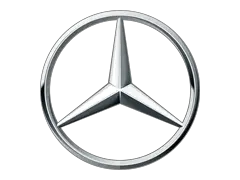 Mercedes-Benz Group
Mercedes-Benz Group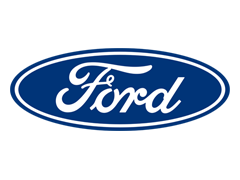 Ford Motor
Ford Motor Michelin
Michelin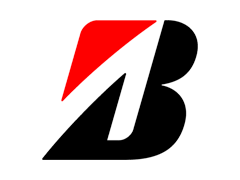 Bridgestone
Bridgestone Continental
Continental Goodyear
Goodyear Sumitomo
Sumitomo